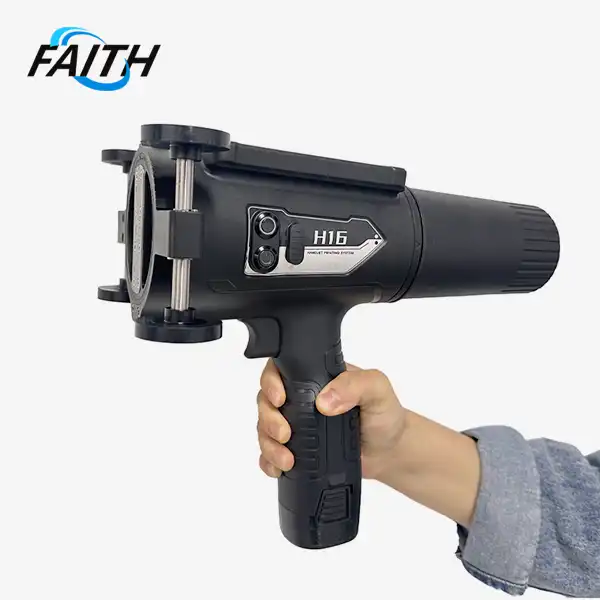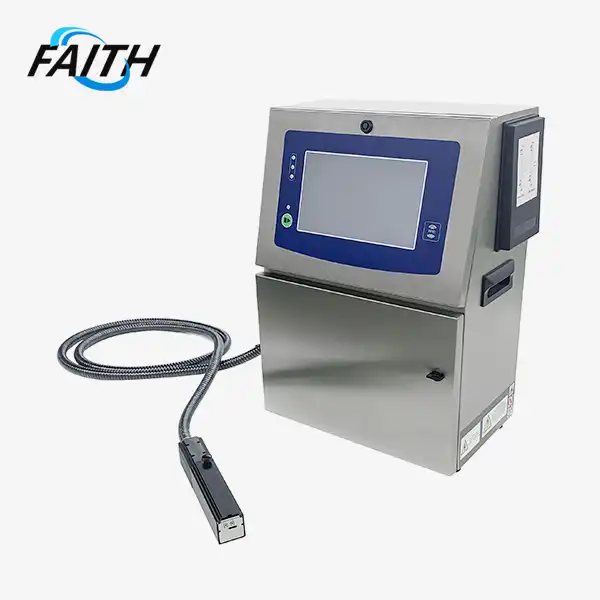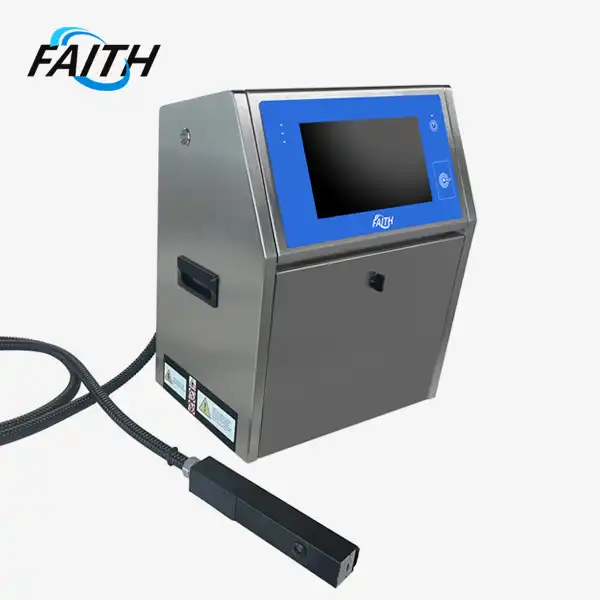Applications of Piezo Inkjet Printers in Manufacturing, Packaging, and Textiles
In today's rapidly evolving industrial landscape, Piezo Inkjet (PIJ) Printers have emerged as a game-changing technology, revolutionizing manufacturing, packaging, and textile industries. These cutting-edge printers offer unparalleled precision, versatility, and efficiency, making them indispensable tools for businesses seeking to enhance their production processes and stay ahead of the competition.
Piezo Inkjet (PIJ) Printers utilize piezoelectric technology to deliver high-quality, high-speed printing across a wide range of substrates. This innovative approach allows for greater control over droplet size and placement, resulting in superior print quality and consistency. As we delve deeper into the applications of PIJ printers, we'll explore how these remarkable machines are transforming various sectors and driving innovation in industrial printing.
PIJ Printers in Manufacturing: Precision and Versatility
The manufacturing sector has witnessed a significant transformation with the integration of Piezo Inkjet (PIJ) Printers into production lines. These printers offer unmatched versatility, allowing manufacturers to print on diverse materials, including metals, plastics, glass, and ceramics. This flexibility has opened up new possibilities for product customization and personalization, enabling businesses to meet the growing demand for unique and tailored products.
One of the key advantages of PIJ printers in manufacturing is their ability to deliver high-precision printing at incredible speeds. This combination of accuracy and efficiency is particularly valuable in industries such as electronics, where intricate circuits and components require meticulous printing. The anti-precipitation technology incorporated in advanced PIJ printers ensures consistent print quality, even when using challenging inks like white ink, which tends to settle over time.
Moreover, the integration of fully automatic valve control technology in PIJ printers has effectively addressed ink leakage issues, a common concern in industrial printing. This innovation not only improves print quality but also reduces downtime and maintenance requirements, leading to increased productivity and cost savings for manufacturers.
The precise ink squeezing control feature of modern PIJ printers extends the lifespan of printer nozzles, reducing replacement frequency and associated costs. This advancement, coupled with intelligent ink management systems that allow for ink refilling without halting production, ensures optimal working conditions and minimizes disruptions to the manufacturing process.
Revolutionizing Packaging with PIJ Printers
In the packaging industry, Piezo Inkjet (PIJ) Printers have become invaluable tools for creating eye-catching, informative, and customized packaging solutions. These printers excel in producing high-resolution graphics, barcodes, and variable data printing, essential elements in modern packaging design and logistics. The versatility of PIJ printers allows packaging manufacturers to print on a wide array of materials, including cardboard, plastics, and flexible films. This adaptability enables businesses to create innovative packaging solutions that stand out on store shelves and effectively communicate brand messages to consumers.
One of the most significant advantages of PIJ printers in packaging is their ability to facilitate just-in-time production. With these printers, manufacturers can quickly adapt packaging designs to meet changing market demands or regulatory requirements without the need for costly and time-consuming plate changes associated with traditional printing methods.
The intelligent ink management systems in Piezo Inkjet (PIJ) Printers play a crucial role in maintaining consistent print quality throughout long production runs. The ability to refill ink without stopping the machine ensures uninterrupted operation, critical in high-volume packaging production environments. Additionally, the fault detection and early warning systems integrated into advanced PIJ printers help operators quickly identify and resolve issues, minimizing the risk of production delays and ensuring packaging quality remains consistently high.
PIJ Printers in Textiles: Unleashing Creativity and Efficiency
The textile industry has experienced a creative revolution with the advent of Piezo Inkjet (PIJ) Printers. These printers have transformed the way fabrics are designed and produced, offering unparalleled flexibility in pattern creation and color application. PIJ technology allows for intricate designs, photorealistic prints, and seamless gradients that were previously challenging or impossible to achieve with traditional textile printing methods.
One of the most significant advantages of PIJ printers in textile production is their ability to facilitate small-batch and on-demand printing. This capability has opened up new opportunities for customization and personalization in the fashion and home décor industries. Designers can now create limited edition prints or even one-off pieces without the high setup costs associated with traditional screen printing methods.
The environmental benefits of Piezo Inkjet (PIJ) Printers in textiles are also noteworthy. These printers typically use water-based inks, which are more eco-friendly than traditional textile dyes. The precise droplet control of PIJ technology also results in less ink waste, further reducing the environmental impact of textile production.
Advanced PIJ printers equipped with anti-precipitation technology are particularly valuable in textile printing, where consistent color application is crucial. This feature ensures that pigment-based inks remain evenly distributed, maintaining print quality even during extended production runs or periods of inactivity.
The one-key emptying function in modern PIJ printers simplifies the process of changing between different ink types or colors, a common requirement in textile printing. This feature, combined with the intelligent ink management system, allows for quick and efficient color changes, reducing downtime and increasing overall productivity in textile printing operations.
Conclusion
In conclusion, Piezo Inkjet (PIJ) Printers have revolutionized manufacturing, packaging, and textile industries by offering unparalleled precision, versatility, and efficiency. These advanced printers have opened up new possibilities for customization, improved production processes, and enhanced product quality across various sectors. As technology continues to evolve, we can expect Piezo Inkjet (PIJ) Printers to play an increasingly important role in driving innovation and meeting the changing demands of modern industries.
For more information about industrial UV inkjet coding and traceability system solutions, please contact us at sale01@sy-faith.com. Our team of experts is ready to help you find the best PIJ printer solution for your specific needs, ensuring you stay at the forefront of industrial printing technology.
References
1. Lee, J. H., & Kim, H. S. (2019). Recent advances in piezoelectric inkjet printing technology for electronic device fabrication. Journal of Materials Chemistry C, 7(43), 13367-13384.
2. Magdassi, S., & Kamyshny, A. (Eds.). (2017). Nanomaterials for 2D and 3D printing. John Wiley & Sons.
3. Wijshoff, H. (2018). Drop formation in inkjet printing. Current Opinion in Colloid & Interface Science, 36, 20-27.
4. Cummins, G., & Desmulliez, M. P. (2012). Inkjet printing of conductive materials: a review. Circuit World, 38(4), 193-213.
5. Hoath, S. D. (Ed.). (2016). Fundamentals of inkjet printing: the science of inkjet and droplets. John Wiley & Sons.
Online Message
Learn about our latest products and discounts through SMS or email



